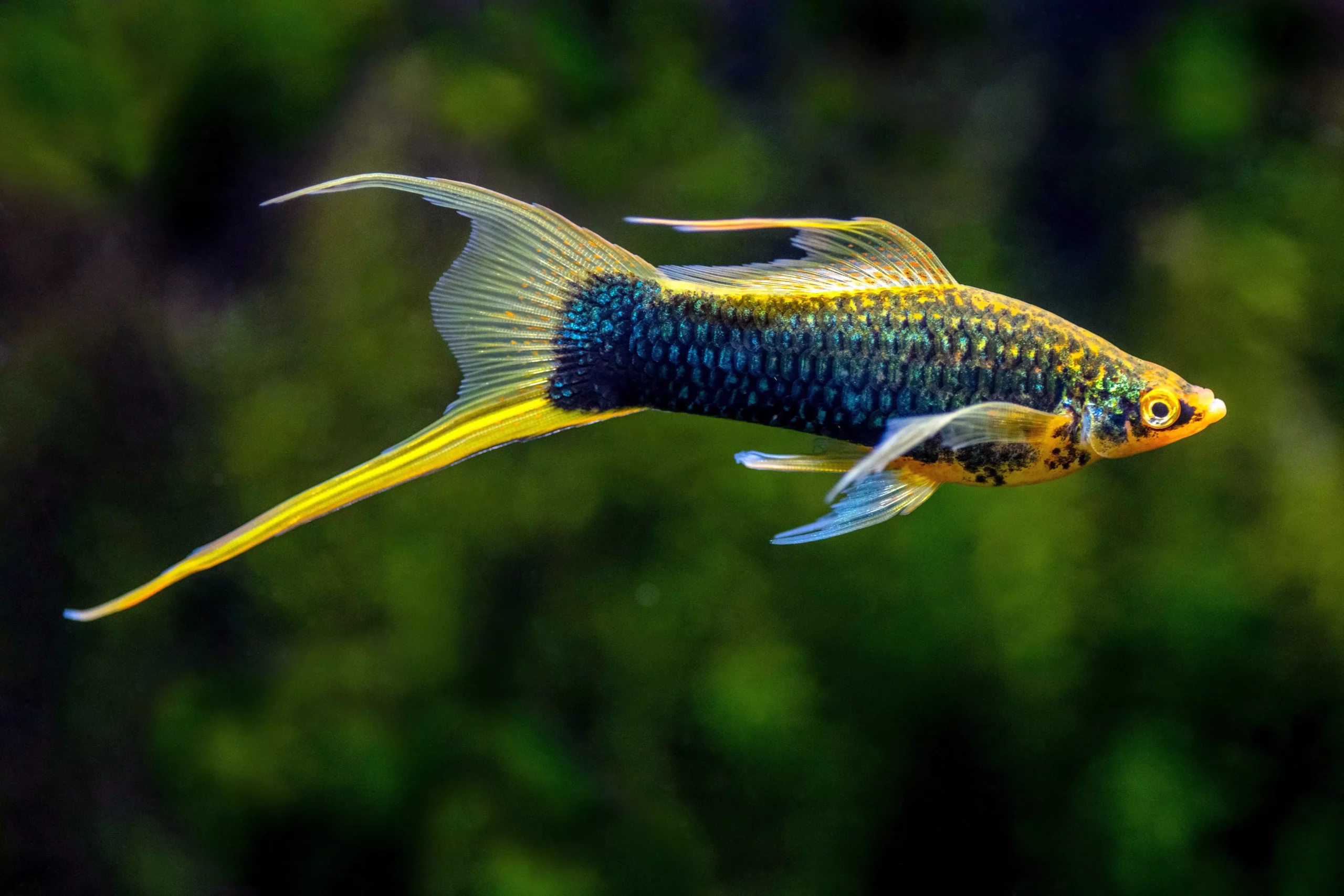Swordtails are celebrated as one of the quintessential freshwater fish for aquarists who are just starting their journey into the world of aquarium keeping. With their vibrant colors, energetic demeanor, and ease of care, they fit seamlessly into a wide variety of community tanks. This article delves into everything you need to know about these remarkable fish, including their characteristics, care requirements, and breeding practices.
Swordtails, scientifically known as *Xiphophorus helleri*, originate from the lush waters of Mexico and Central America. Over the years, they have been bred extensively in captivity, leading to a plethora of striking color variants. Some of the most common types include the classic green swordtail, along with more exotic hues like neon, marigold wag, and red wag. Each type showcases unique patterns, stripes, and colors that will undoubtedly catch the eye of any aquarium enthusiast.
However, it’s essential to approach these colorful variations with caution. Many of these spectacular breeds stem from inbreeding, which can muddy their genetic lines and lead to health challenges over time. While the visual appeal of these fish is undeniable, prospective owners should be mindful of potential internal issues, such as weakened immune systems or shortened lifespans, that can arise from poor breeding practices.
What truly sets swordtails apart is the distinctive ‘sword’ found in male individuals. This elongated extension on the ventral part of their tail fin is not just for show; it is a defining characteristic that makes identifying males straightforward. Female swordtails, in contrast, have rounded tail edges and generally appear bulkier, primarily as a result of carrying their fry. Their anal fins also differ, with males exhibiting a pointed fin while females possess a more fan-shaped structure.
Understanding these distinctions is vital, especially for those looking to create a balanced population in their aquariums. Being livebearers, swordtails have the potential to multiply swiftly, leading to unexpected surges in population if males and females are combined without proper management.
Social Behavior and Aquarium Setup
Swordtails thrive in groups and showcase a peaceful disposition, making them an excellent choice for community tanks. It is advisable to maintain at least 4-5 swordtails to ensure they feel secure and exhibit natural behaviors. Though they are generally amiable, male swordtails can be territorial and may display aggressive tendencies if space in the tank is limited.
To foster a nurturing environment, it is crucial to allow ample swimming space while keeping decorations and plants concentrated toward the lower portion of the tank. This setup allows swordtails to engage in their energetically active nature without obstruction while still providing hiding spots with fake or live plants.
When considering tankmates, species like Neon Tetras, Corydoras, and Loaches make excellent companions due to their similar temperaments and environmental needs.
Swordtails are classified as omnivores, meaning they require a well-rounded diet to thrive. It’s best to provide a mix of high-quality micropelleted food with the addition of occasional frozen or freeze-dried treats. Being active foragers, these fish benefit from a feeding regime of 2-3 meals per day, tailored to the water temperature and activity levels.
Maintaining a diverse diet will not only keep your swordtails vibrant and energetic, but it will also help uphold their health, allowing them to live out their expected lifespan of 3 to 5 years.
Understanding swordtails’ breeding habits is essential. These fish can reproduce at an astonishing rate, with females capable of giving birth to 20-50 fry per cycle, reaching sexual maturity as early as three months. For novice aquarists, this prolific nature can lead to unexpected overcrowding in the tank.
To prevent an abundance of fry, separating males from females before they mature is critical. Monitoring tank dynamics, particularly as fry begin to appear, can mitigate sudden population booms and ensure a balanced ecosystem.
It’s important to note that overbreeding within a tightly controlled genetic population can lead to health complications. If you notice a decline in the overall health or longevity of your fish, consider introducing new genetic material by purchasing swordtails from different breeders or trading with fellow hobbyists. Quarantining any new fish prior to integrating them into your tank is also recommended to prevent the spread of potential diseases.
Swordtails are undoubtedly a colorful and engaging choice for beginner aquarists. By paying attention to their care requirements, social dynamics, and breeding habits, you can enjoy a thriving aquarium filled with life and vibrancy.

